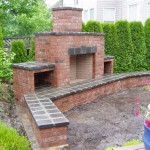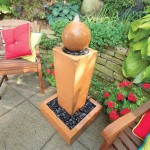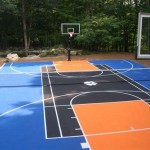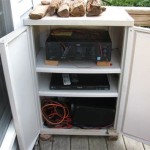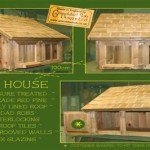Essential Aspects of Motion Detector Sensors for Outdoor Lights
Motion detector sensors play a crucial role in outdoor lighting systems by triggering illumination only when movement is detected, enhancing security and energy efficiency. When choosing these sensors, several essential aspects must be considered to optimize their performance and effectiveness.
Field of View and Detection Range
The field of view determines the area covered by the sensor, while the detection range specifies the maximum distance at which it can detect motion. These parameters should align with the intended coverage area and the distance from the light fixture to potential movement sources.
Sensitivity and Time Delay
Sensitivity refers to the sensor's ability to detect subtle movements, while time delay determines the duration of illumination after motion ceases. Higher sensitivity and shorter time delays provide immediate lighting when needed, but may lead to false triggers. Proper adjustment of these settings is crucial.
Mounting Angle and Height
The mounting angle and height affect the detection accuracy and coverage. Installing the sensor at an angle allows it to cover a wider area, while positioning it higher reduces false triggers from pets or small objects. Optimal mounting parameters depend on the specific environment.
Weather Resistance and Durability
Outdoor sensors must withstand harsh weather conditions such as rain, snow, and extreme temperatures. Look for sensors with IP ratings (Ingress Protection) that indicate their level of protection against water and dust ingress. Durable construction with UV-resistant materials ensures longevity.
Compatibility and Integration
Consider the compatibility of the sensor with the outdoor lighting system and any additional home automation or security features. Seamless integration allows for automated lighting control, remote monitoring, and integration with other devices for enhanced security.
Additional Features
Some advanced motion detector sensors offer additional features such as pet immunity, adjustable sensitivity presets, and dual technology (PIR and microwave) for enhanced detection accuracy. Other features to consider include ease of installation, warranty, and customer support.
Conclusion
Selecting the ideal motion detector sensor for outdoor lights requires careful consideration of essential aspects like field of view, detection range, sensitivity, mounting, weather resistance, compatibility, and additional features. By choosing the right sensor and optimizing its settings, homeowners can enhance security, improve energy efficiency, and create a more convenient and safe outdoor lighting experience.

Defiant 180 Degree Motion Sensor White Outdoor Security Light Df 5416 Wh A The Home Depot

Dinglilighting 10w Led Security Motion Sensor Outdoor Light Weatherproof Wide Coverage Lights Ultra Bright 6000k Detector Flood For Garden Yard Porch Black Plug In Com

Sansi 45 Watt 6000 Lumens 180 Degree White Motion Sensor Outdoor Integrated Led 5000k Waterproof Dusk To Dawn Flood Light 01 04 001 014501 The Home Depot

Motion Detector Lights All You Need To Know About Them Kato Electrical Independent Contractor Vancouver Bc

Can You Add Motion Sensors To Existing Outdoor Lights Led Lighting Info

Motion Sensor Lights Tips To Reset Detector

Auraglow Dusk Till Dawn Daylight Pir Motion Detection Sensor Outdoor Wall Light Wharton Dorton Silver Led Lighting

Dinglilighting 10w Led Security Motion Sensor Outdoor Light Weatherproof Wide Coverage Lights Ultra Bright 6000k Detector Flood For Garden Yard Porch Black Plug In Com

C Cattleya 1 Light Matte Black Motion Sensing Dusk To Dawn Gooseneck Outdoor Wall Lantern Sconce 2 Pack Ca2196 2w The Home Depot

Alexandria 18 1 2 High Motion Sensor Outdoor Light In White H7005 Lamps Plus
Related Posts

